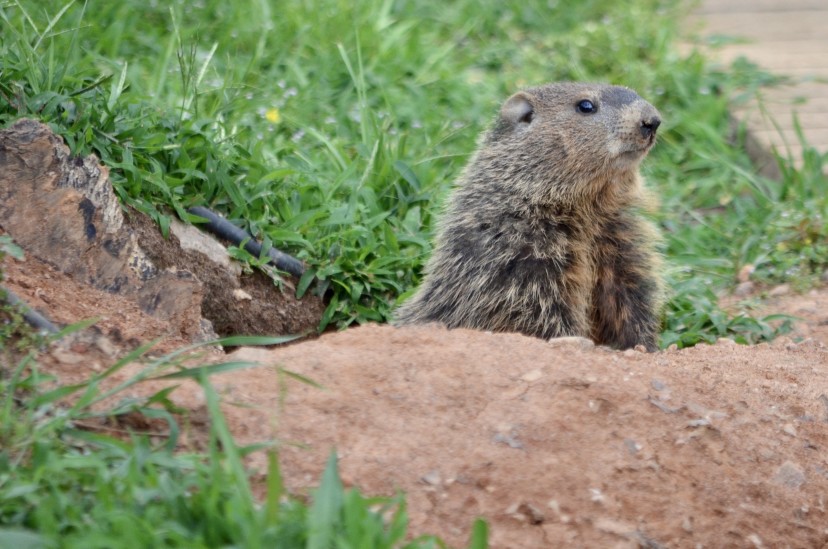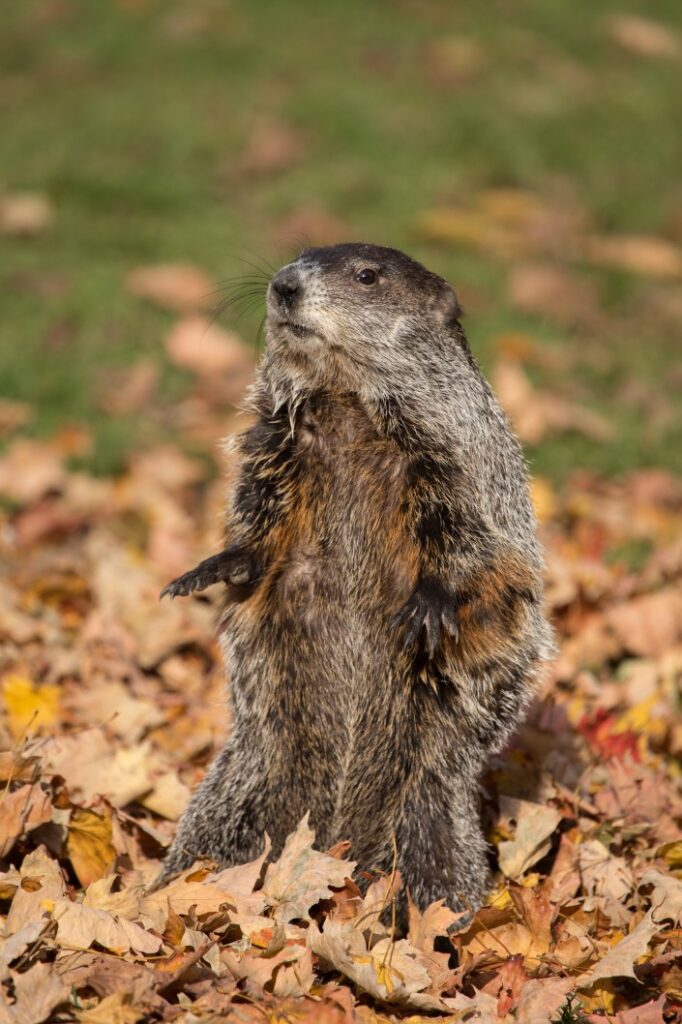
January 17, 2022
Do Groundhogs Hibernate In Winter?
You must have heard about the groundhog tradition that originated in Pennsylvania. It suggests that if the groundhog sees its shadow, it will return to its den and you can expect another 6 weeks of winter. However, if the animal does not see its shadow, then spring is just around the corner!
A groundhog is not just like any other wild animal that you see in the woods or might take up residence on your property. It has some fascinating behavior that sets it apart from most wildlife.
According to scientists, the groundhog, also known as the woodchuck, is considered to be a deep hibernator in the wintertime. What it means is that they spend the whole winter in a state of hibernation.
Hibernation is a form of unconscious sleep and a state of lowered metabolism and suppressed appetite which causes the animal not to eat. As the animal does not feel hunger or stress, it can save energy and conserve nutrients for later use. Hibernation helps the animal to survive in the harsh winters when food is scarce.
In fact, the groundhog spends a large portion of the summer and fall season chowing down on the foods that they eat. And, once it builds up all of the fat that it needs on its body, it is ready to get inside its burrow for the hibernation period.
If you want to learn more about some of the unique habits of groundhogs, keep reading!
Why Do Groundhogs Hibernate And How Do They Prepare For Hibernation?
There may be different reasons why some animals hibernate during the winter months.
One of the most common reasons for the groundhog’s hibernation is its dietary needs, especially when food is scarce. Groundhogs have a difficult time finding food sources during the winter season because of the scarcity of the foods that they consume.
Thus, nature causes the groundhogs to go into a deep hibernation state for their survival. This is also why they eat constantly during the off-season (i.e. the summer months) to prepare their body for these long and cold winter months.
The groundhog’s appetite hormones regulate metabolism during the hibernation period and help the body conserve its energy.
As groundhogs burrow in the ground, before going into their winter sleep, they dig a den that comfortably accommodates them. The groundhog sleeps for between 5 and 7 months, but typically, this hibernation period lasts from October to March.

What Happens When Groundhogs Hibernate?
The groundhog’s body lowers all movements and functions to ensure that the animal can survive while sleeping through the winter.
According to the National Wildlife Federation, the temperature of the groundhog’s body will decrease significantly. It will drop from 99° F to about 37° F. This rodent stays warm by conserving body heat, which can help maintain the core body temperature at a stable level.
In addition, there are also other changes that occur in their body when the groundhogs are inactive during the hibernation period. For instance, their heart rate reduces and their breathing will slow down as well. Thus, the rate of their breathing will drop from around 16 breaths to just 2 breaths per minute. Their normal heart rate of about 80 to 100 beats per minute during the pre-hibernation period will reduce to just 4 or 5 beats per minute.
These are the primary reasons why these animals are referred to as deep hibernators.
Where Do Groundhogs Hibernate?
These rodents are solitary creatures and tend to hibernate alone. As mentioned earlier, groundhogs hibernate in underground burrows that they dig using their powerful claws and teeth.
The hole is a circular area covered with leaves, grasses, sticks, and branches. To keep itself warm inside the hole, the animal covers the den with piles of dirt that serve as insulation from the cold.
Do Groundhogs Eat During Hibernation?
Groundhogs don’t wake up to eat during their hibernation period. They are herbivores, which means they only feed on vegetation, and that is not readily available in winter. When in their natural habitat, these animals could therefore be driven into starvation due to the lack of food in the freezing weather. But groundhogs must survive without eating for months at a stretch and avoid starvation.
Thus, they are highly adapted to survive even when such food is scarce in the wintertime. Groundhogs hibernate to conserve energy and prevent hunger. They are able to survive on stored fat and use it to produce energy during hibernation.
They get energy when fat in their body is used. Also, their body has reduced their nutrition needs, allowing the groundhog to survive for a few months without eating.
Do you need groundhog removal services in Fairfield County CT, or Westchester, Putnam, and Dutchess Counties NY? Our professionals at Westchester Wildlife can humanely and safely trap and remove groundhogs that live on your property. So contact us today for a free phone consultation or an appointment.
